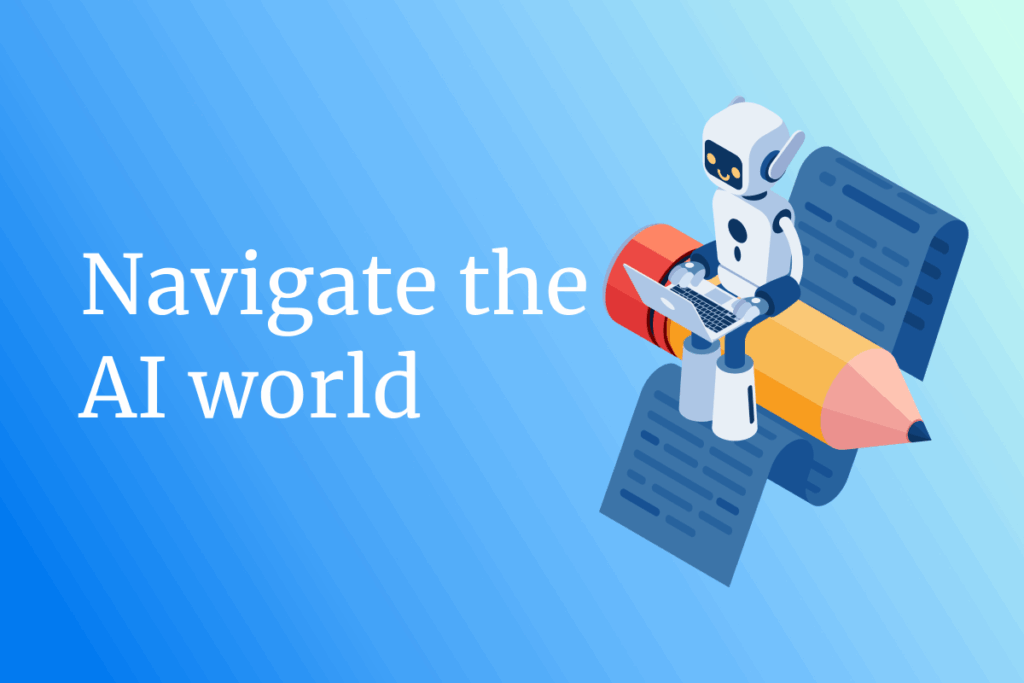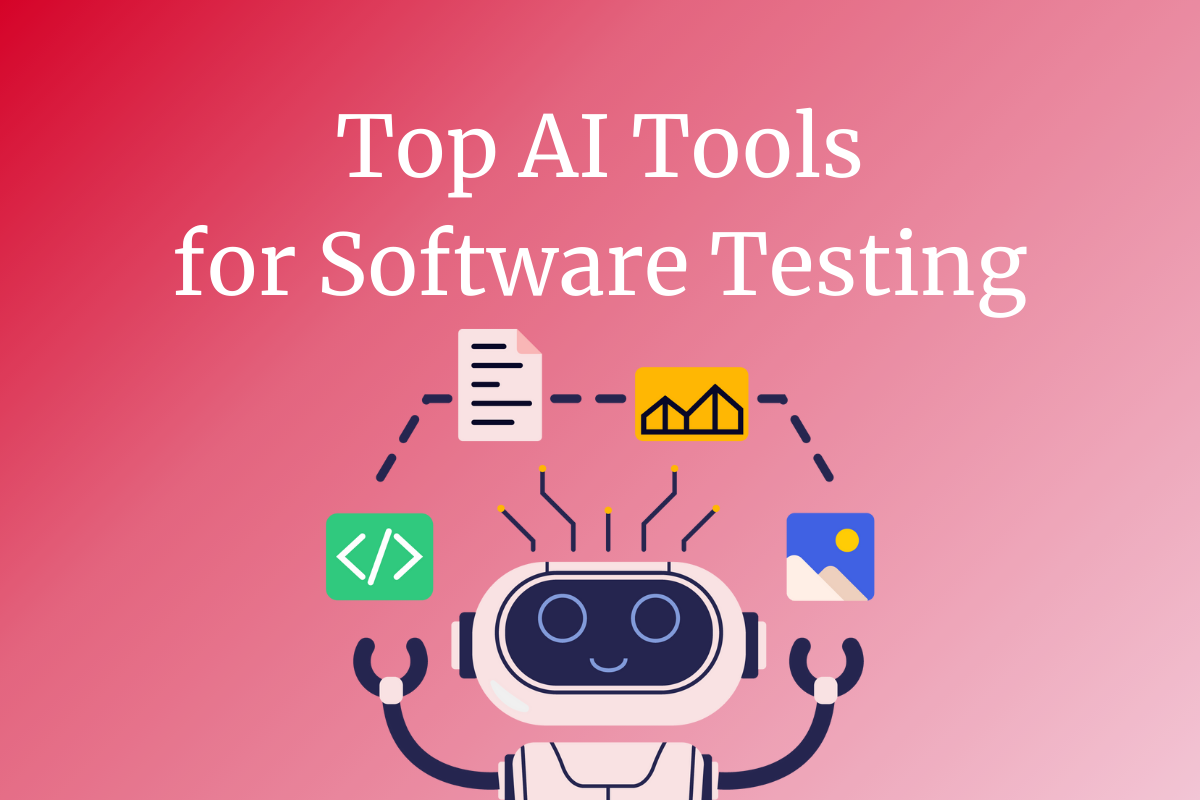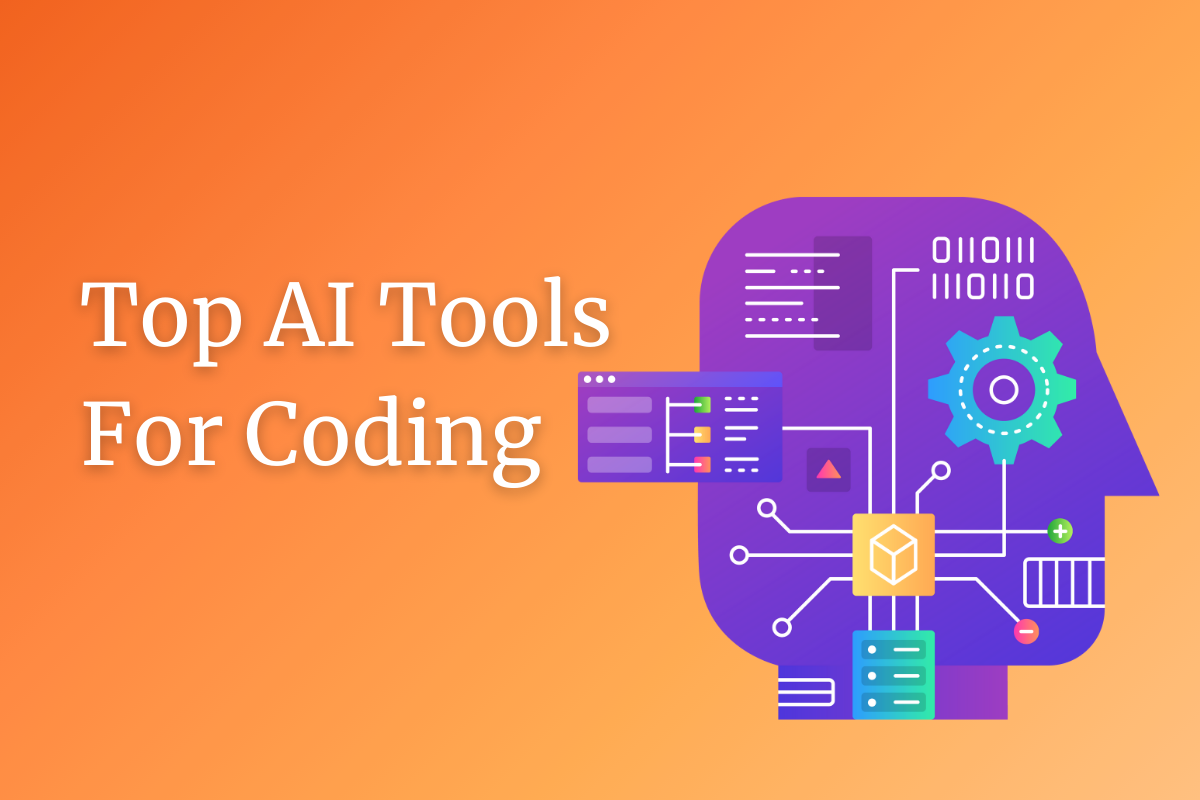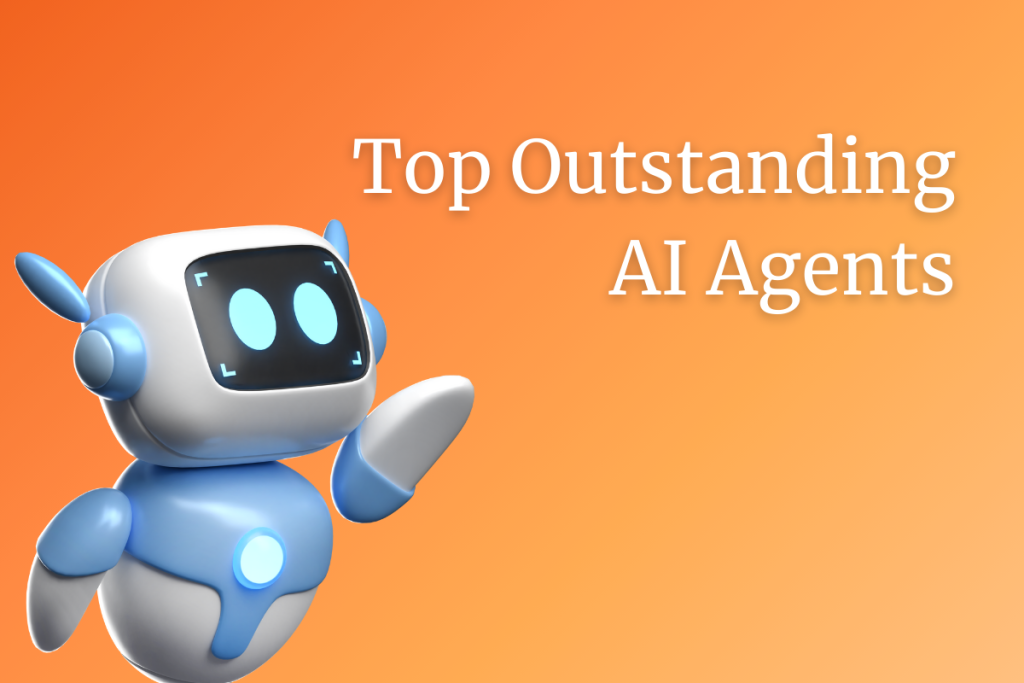In the rapidly evolving world of artificial intelligence, a quiet revolution is underway, reshaping how intelligent systems think, communicate, and collaborate. At the heart of this transformation is the Model Context Protocol (MCP), a robust new framework redefining how AI agents interact with tools, data, and each other. But MCP is just one piece of a much larger puzzle. As terms like Agentic AI, AI agents, and multi-agent systems dominate headlines and research papers, understanding their roles and how they connect is critical for anyone navigating the future of AI integration.
This article unpacks the core concepts driving this next wave of intelligent automation, from the foundational architecture of MCP to the rise of autonomous, goal-driven AI agents working in concert. Along the way, we’ll explore compelling real-world examples and enterprise-level deployments that bring these ideas to life. Whether you’re a developer, product strategist, or tech enthusiast, this deep dive will help you grasp not only what’s happening but why it matters.
The Model Context Protocol (MCP) is a pioneering framework that enhances the interaction between artificial intelligence (AI) models and external tools or data sources, enabling continuous and informed context exchanges. This protocol represents a significant advancement in integrating and orchestrating AI systems, offering a standardized approach for managing and optimizing context across various AI applications, including autonomous agents and multi-agent systems.
The emergence of MCP is a response to the increasing demand for AI technologies that can effectively access and utilize real-time data, thereby improving performance and functionality across various fields. MCP’s core features expose system capabilities to language models and other generative AI tools, facilitating efficient context management. By streamlining data access and enabling real-time interactions, MCP enhances the accuracy of AI responses and supports complex multi-agent coordination and communication.
AI-powered tools in coding environments, healthcare, and finance exemplify their applications, demonstrating MCP’s capacity to revolutionize workflows and enhance decision-making processes in real-world scenarios.
Agentic AI refers to advanced autonomous systems that can operate and learn independently. This represents a significant shift from traditional AI, as these systems can assess their environments and make proactive decisions. The emergence of agentic AI also brings critical ethical considerations, particularly regarding accountability and decision-making frameworks. These technologies are increasingly integrated into critical sectors such as healthcare and transportation.
As the adoption of multi-AI agents continues to grow, the collaborative potential of these systems offers enhanced efficiency and improved problem-solving capabilities. Organizations can leverage their collective strengths to tackle complex challenges more effectively by enabling multiple agents to operate in tandem.
However, the ethical implications of deploying such technologies necessitate ongoing discussions about responsible use and oversight to ensure that AI developments serve societal interests while addressing potential risks.
Model Context Protocol
Model Context Protocol (MCP) is a framework designed to enhance the continuous and informed interaction between AI models and external tools or data sources. It represents a significant shift in the integration and orchestration of AI systems, offering a standardized approach to managing, transmitting, and optimizing context between large language models and agent systems.
Core Features
At its core, MCP provides a structured way for systems to expose their capabilities to language models and other generative AI tools. This allows for efficient context management, enabling AI models to effectively access and utilize real-time data and tools. For instance, MCP facilitates tool use by allowing the models to call functions or services directly, enhancing their functionality and utility in various applications.
Advantages of MCP
MCP standardizes the context exchange between heterogeneous agent systems, addressing critical challenges arising from proprietary context handling mechanisms. MCP significantly boosts AI performance by streamlining data access, allowing models to read and write data to connected applications seamlessly. This streamlined integration improves the accuracy of AI responses and enables multi-agent orchestration and communication through a shared workspace rather than relying on direct integrations.
Real-World Applications
Several real-world implementations illustrate how MCP enhances AI applications. For example, AI-powered code editors like Cursor and Replit utilize MCP to provide AI assistants with seamless access to relevant code context and documentation, leading to more accurate code suggestions and bug fixes. Additionally, MCP’s framework allows for better collaboration among autonomous agents, enabling them to work together effectively in data analysis and preprocessing tasks, thereby supporting strategic business planning. In the QA domain, Playwright MCP enables advanced test automation scenarios where LLMs dynamically generate, execute, and adapt test cases based on real-time user behavior and application updates.
Communication and Lifecycle Management
MCP utilizes standardized JSON-RPC 2.0 messages for communication, typically over STDIO or HTTP/SSE, which decouples the AI application from the specific implementations of tools and data sources. The MCP interaction lifecycle includes several phases, such as connection establishment, capability negotiation, and everyday protocol communication, ensuring a structured and efficient integration between clients and servers.
AI Agent
AI agents are autonomous software entities designed to perform tasks, make decisions, and take actions based on their programming. These agents utilize advanced artificial intelligence (AI) capabilities, including reasoning, planning, and memory, to operate independently without external intervention. By harnessing large language models (LLMs), AI agents can engage with multiple data sources to think through complex problems and execute tasks effectively.
Key Features of AI Agents
AI agents are characterized by several critical features that enhance their functionality:
- Autonomy: AI agents can operate independently, deciding how to achieve their goals without human input.
- Task Automation: They handle repetitive tasks, freeing humans for more creative and strategic endeavors.
- Multi-tasking: These agents can simultaneously manage various functions without interference, increasing overall efficiency.
- Collaboration: AI agents can work together, sharing insights and refining their approaches through interaction, which leads to improved decision-making.
- Adaptability: They can modify their plans in response to changing circumstances, demonstrating flexibility essential for real-world applications.
- Natural Language Processing: AI agents can understand and communicate using human language, facilitating interaction with users and other agents.
- Learning and Self-improvement: Many AI agents possess the ability to learn from their experiences, allowing them to enhance their performance over time.
Operation of AI Agents
The operation of AI agents can be likened to that of a Michelin-starred chef in a busy kitchen. Just as a chef surveys orders, decides on recipes, and adjusts based on available ingredients and feedback, AI agents continuously gather information, plan their actions, execute tasks, and refine their strategies to achieve desired outcomes. This analogy illustrates how AI agents combine reasoning and action (known as the ReAct framework) to operate effectively in dynamic environments.
Categories of AI Agents
AI agents can be categorized based on their capabilities and interactions with users:
- Reactive Agents: These agents respond to specific triggers or commands without engaging in proactive behavior.
- Proactive Agents: They are goal-oriented and initiate actions based on their programmed objectives.
- Learning Agents: Unique in their ability to learn autonomously from new experiences, enhancing their capacity to adapt to unfamiliar situations. AI agents can also utilize multi-agent systems, where they work either independently or collaboratively to tackle complex tasks and achieve optimal outcomes. This flexibility allows them to switch between independent actions and coordinated efforts, depending on the task requirements.
Agentic AI
Agentic AI refers to advanced artificial intelligence systems that can operate autonomously, make decisions, and learn from interactions without requiring continuous human intervention. Unlike traditional AI systems, which are typically limited to predefined parameters and reactive behaviors, agentic AI exhibits goal-oriented behavior and adaptability in dynamic environments. These systems can assess their surroundings, develop strategies, and execute actions to achieve specific objectives, positioning them as a transformative force across various industries, including healthcare and finance.
Ethical Considerations
The autonomous nature of agentic AI also raises significant ethical dilemmas. As these systems are increasingly placed in situations requiring moral judgment, the challenge of programming ethical decision-making into AI becomes paramount. Issues such as prioritizing passenger safety versus pedestrian safety in self-driving cars exemplify the complexities of integrating human values into computational logic. The ongoing philosophical debate surrounding the ethical frameworks that AI systems should adhere to, whether utilitarian, deontological, or hybrid, further underscores the necessity for careful consideration in developing and deploying agentic AI.
Characteristics of Agentic AI
Agentic AI systems are distinguished by their ability to learn from experiences, adapt to real-time changes, and proactively identify and pursue strategic goals. This is achieved through sophisticated reasoning and iterative planning, which allows them to solve complex, multi-step problems autonomously. In contrast, traditional AI agents primarily follow a set of predefined rules, making them more limited in their decision-making processes.
Autonomous Decision-Making
At the core of agentic AI is the concept of autonomy. These systems can make independent decisions based on new data and environmental contexts. For example, self-driving cars leverage agentic AI to navigate roads by continuously evaluating their surroundings and adjusting their behavior accordingly. This level of situational awareness is essential for applications that demand rapid responses to changing conditions.
Learning and Adaptation
Another defining feature of agentic AI is its ability to learn and adapt over time. Unlike AI agents, which may require programming updates to improve performance, agentic AI systems can refine their strategies based on individual interactions and outcomes. This adaptability enables them to identify emerging trends and devise innovative solutions to new challenges, which is particularly valuable in rapidly evolving industries.
Multi-AI Agents
Multi-AI agents are advanced systems composed of multiple autonomous agents that can operate either independently or collaboratively within a multi-agent system (MAS). Unlike traditional single-agent systems, multi-agent systems promote cooperation among agents, enabling them to share information and complete interdependent tasks efficiently. This collaborative approach enhances problem-solving capabilities and optimizes coordination among agents, making it ideal for addressing complex challenges in various industries.
Benefits of Multi-AI Agents
Multi-AI agents offer numerous advantages, including:
- Improved Efficiency: By automating repetitive tasks, these agents help organizations reduce human error and lower labor costs, allowing employees to focus on more strategic activities.
- Enhanced Decision-Making: They excel at processing large volumes of data in real-time, enabling organizations to make informed decisions based on the most current information available.
- Scalability: Multi-agent systems can adapt to increasing complexity by integrating additional agents, making them suitable for a variety of applications, from customer service to self-driving technologies.
Characteristics of Multi-AI Agents
The unique strength of multi-agent systems lies in their ability to distribute responsibilities among multiple agents, each potentially connected to the same or different Large Language Models (LLMs). This design enables agents to work together seamlessly, merging their outputs into a coherent final result. As a result, multi-AI agents can adapt in real time, learn from diverse inputs, and optimize workflows across complex environments.
Core Components
The core components of a multi-agent AI system include:
- Autonomy: Each agent operates independently but is designed to collaborate with others to complete shared tasks.
- Coordination: Agents communicate and coordinate their activities through established protocols, enhancing the system’s overall efficiency.
- Memory Protocols: Persistent memory structures allow agents to store and share contextual information, facilitating more effective collaboration over time.
- Tool Utilization: Agents can utilize various tools and functions, allowing them to perform tasks dynamically and respond to external inputs.
Future Developments
The future of multi-AI agents includes advancements in multimodal interactions, where agents combine text, voice, images, and video to create richer user experiences. Additionally, decentralized AI agents powered by blockchain technology may emerge, offering more privacy-focused and user-controlled AI solutions. These developments are expected to contribute to the evolution of Artificial General Intelligence (AGI) by enabling agents to perform more complex, generalizable tasks that mimic human-like reasoning and decision-making processes.
Real-World Examples
The practical applications of Model Context Protocol (MCP) and agentic AI are becoming increasingly evident across various industries. Below are notable instances showcasing how these technologies are integrated into real-world scenarios.
Healthcare Applications
Healthcare organizations are leveraging agentic AI to streamline processes and enhance patient care. For example, HCA Healthcare is testing “Cati,” a virtual AI caregiver assistant designed to ensure continuity of care between shifts.
Additionally, Seattle Children’s Hospital utilizes its Pathway Assistance solution to make extensive clinical guidelines instantly searchable for pediatricians, improving clinical decision-making efficiency.
Sami Saúde has reported a 13% productivity increase due to implementing Gemini for Google Workspace, which automates repetitive tasks in healthcare settings.
Financial Services Innovations
In the financial sector, organizations are transforming operations through AI. For instance, Banco Covalto in Mexico has adopted generative AI to streamline processes, significantly reducing credit approval times by over 90%.
Scotiabank employs Gemini and Vertex AI to enhance customer interactions, including a highly rated chatbot that offers a predictive banking experience.
Similarly, United Wholesale Mortgage has utilized Vertex AI to double underwriter productivity, which has resulted in expedited loan closing times for thousands of brokers and clients.
Customer Service Enhancements
Companies are increasingly turning to AI agents to improve customer service. Discover Financial has created the Discover Virtual Assistant, which assists customers and service agents alike, providing smoother interactions across various channels.
Straloo employs Gemini within its digital rehabilitation platform to innovate diagnostic approaches and help healthcare professionals prescribe effective treatments for pain management.
In the nonprofit sector, organizations like the Red Barn and Studio Be utilize Gemini to streamline administrative tasks, such as writing grant proposals and managing communications, allowing them to focus on their core missions.
Supply Chain and Operational Efficiency
Agentic AI also plays a crucial role in optimizing supply chains. A typical use case involves an AI agent that can identify low inventory levels, seek alternative suppliers, and automate ordering processes, reducing reliance on human oversight for complex workflows.
For example, Hemominas, Brazil’s largest blood bank, developed an omnichannel chatbot to enhance donor scheduling, demonstrating the potential for AI to improve operational efficiency in critical areas.
These examples illustrate Model Context Protocols and agentic AI’s diverse applications, highlighting their capacity to revolutionize processes and drive productivity across various sectors.
Challenges and Future Directions
Current Challenges in AI Development
Implementing advanced AI technologies, such as multi-agent systems and the Model Context Protocol (MCP), presents several challenges that require ongoing attention. Although the community and companies like Anthropic are actively working to address these challenges through continuous development and regular updates to their SDKs, obstacles remain in integrating and deploying these systems. Key issues include fragmentation of AI capabilities, where diverse tools and sources are needed for different tasks, leading to inefficiencies in system interaction and integration.
Moreover, the ethical considerations surrounding the autonomous nature of AI agents add another layer of complexity. The deployment of AI agents raises critical questions about accountability, bias, privacy, and job displacement, necessitating careful examination of the frameworks that guide their development and use. Multi-agent systems must incorporate robust ethical principles and oversight mechanisms to navigate these challenges effectively.
Opportunities for Improvement
Despite the challenges, the emergence of the Model Context Protocol is paving the way for more streamlined interactions between AI models and external tools. By providing a standardized connector that simplifies integrations, MCP can potentially reduce the technical barriers developers face and enhance the scalability and adaptability of AI solutions. This open-source initiative, adopted by various industry players, is positioned to address the fragmentation issues inherent in previous models.
Looking forward, the focus should remain on exploring the opportunities offered by these advancements while remaining open to innovations that will emerge in the coming years. Multi-agent systems are set to redefine our approach to problem-solving, offering a collaborative intelligence that mimics natural systems, such as swarms of ants or bees.
Future Directions
The future of AI agents lies in their ability to integrate seamlessly across different domains, from healthcare to smart city initiatives. As advancements in AI continue to shift these systems from academic research into practical applications, the potential for multi-agent systems to address complex, real-world problems becomes increasingly apparent. It is crucial for stakeholders—including developers, industry leaders, and ethicists—to collaborate on establishing ethical frameworks that will guide the responsible deployment of these technologies. By prioritizing fairness, accountability, and privacy, the industry can ensure that AI agents contribute positively to society while mitigating the risks associated with their use.
ContactContact
Stay in touch with Us




